Picture this: you sit across from your boyfriend at a cozy corner booth in your favorite restaurant, the soft glow of candlelight illuminating the excitement in his eyes. As he takes a sip of his beloved beer, a look of pure bliss washes over his face. You can’t help but wonder, why does my boyfriend love beer so much? Is it the taste, the culture, or something deeper that draws him to this bubbly elixir? In this article, we will explore the fascinating reasons behind your boyfriend’s infatuation with beer, uncovering the layers of passion and connection that lie within each frothy pint. Get ready to dive into the captivating world of beer and the emotional bonds it forms.
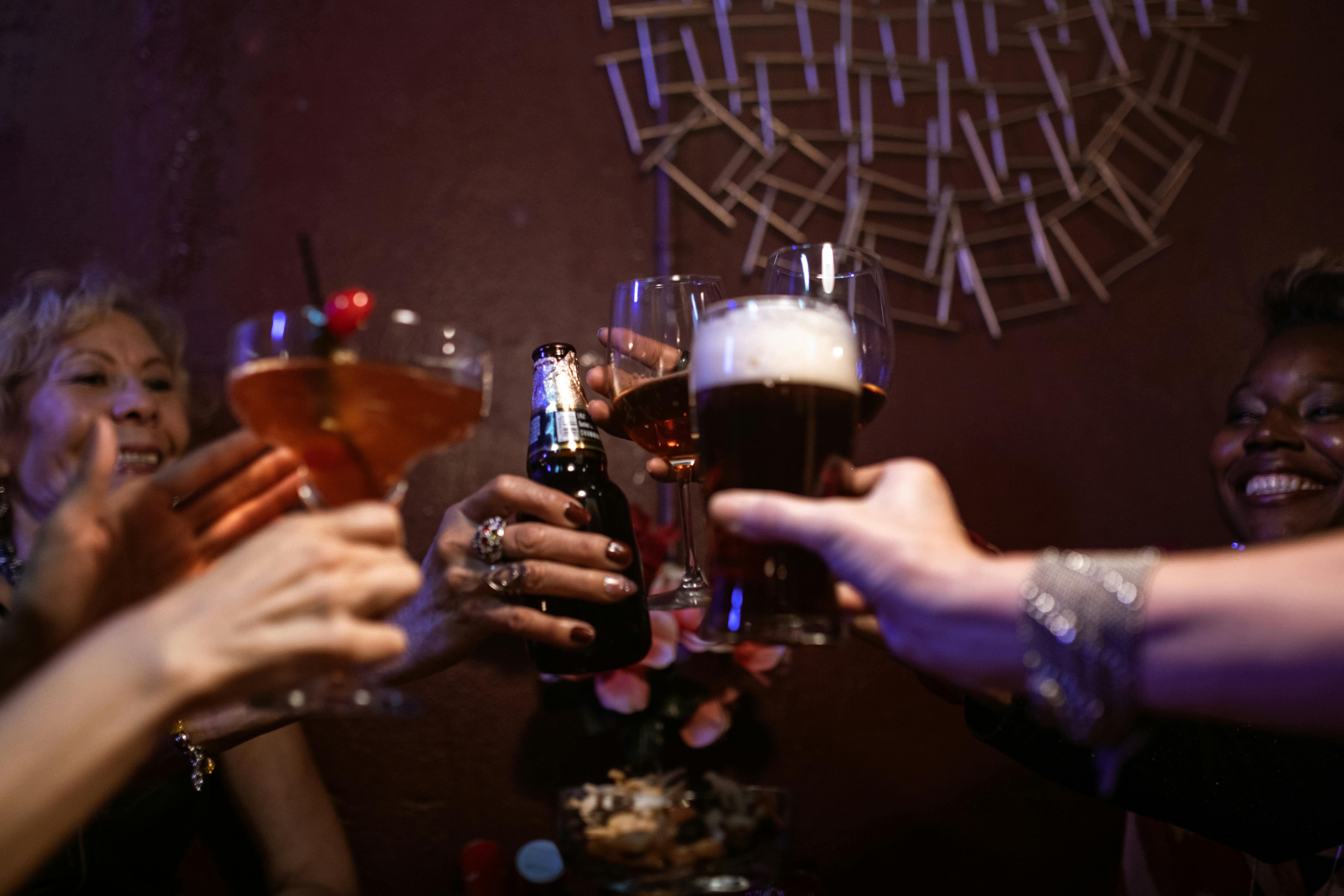
The History of Beer
Ancient Origins
Beer has a long and fascinating history that dates back to ancient times. It is believed to have originated around 7000 to 6000 BCE in ancient Mesopotamia, modern-day Iran and Iraq. The Sumerians, one of the world’s earliest known civilizations, were adept at brewing beer and considered it an essential part of their daily life. They worshipped the goddess of beer, Ninkasi, and even had a hymn dedicated to her, which also outlined the brewing process.
Medieval Brewing Techniques
During the medieval period, brewing became a popular occupation in monasteries. Monks were skilled brewers, and they improved upon the techniques passed down from the ancient civilizations. Their monastic breweries produced a wide variety of beers, often using local ingredients such as fruits and herbs to add unique flavors. Brewing became a way for monasteries to sustain themselves financially while also providing a safe alternative to contaminated water.
Industrialization and Commercial Brewing
Industrialization in the 18th century brought significant changes to the brewing industry. With the advancement of technology, mass production became possible. This led to the rise of commercial breweries and the standardization of beer production. Lager beer, a type of beer that undergoes cold fermentation, gained popularity during this time. The commercialization of beer made it more accessible to the general population and marked a shift towards larger-scale production.
Craft Beer Movement
In the late 20th century, the craft beer movement emerged as a response to the dominance of mass-produced beers. Craft brewers focused on reviving traditional brewing methods and experimenting with unique flavors and styles. This movement gave rise to small, independent breweries that emphasized quality, authenticity, and creativity. Craft beer enthusiasts seek out these beers for their distinct taste and the dedication of the brewers who create them, contributing to the rich and diverse beer culture we see today.
The Science Behind Beer
The Brewing Process
Beer is brewed through a complex process that involves several key steps. It begins with malting, where grains (usually barley) are soaked, germinated, and then dried. The malted grains are crushed and mixed with hot water to extract sugars, creating a sweet liquid known as wort. The wort is boiled, hops are added for bitterness and aroma, and the mixture is then cooled. Yeast is introduced to the cooled wort, which ferments the sugars into alcohol and carbon dioxide, creating beer.
Ingredients in Beer
Beer primarily consists of four main ingredients: water, malted grains (usually barley), hops, and yeast. Water forms the base for the beer and affects its overall flavor. Malted grains provide the sugars necessary for fermentation and contribute to the color and body of the beer. Hops add bitterness and aroma, balancing the sweetness of the malt. Yeast is responsible for fermentation, converting the sugars into alcohol and carbon dioxide.
Alcohol Content
The alcohol content in beer can vary significantly depending on the brewing process and the style of beer being produced. Most beers have an alcohol content ranging from 4% to 7%, although some can be higher or lower. The alcohol content is primarily determined by the amount of fermentable sugars in the wort and the efficiency of the fermentation process. Beers with higher alcohol content typically have a more pronounced flavor and a stronger warming effect.

The Taste and Variety of Beer
Different Beer Styles
Beer comes in a wide range of styles, each with its own unique characteristics. Some popular styles include lagers, ales, stouts, and IPAs. Lagers are known for their crisp and clean taste, while ales tend to be more robust and complex. Stouts are dark, rich, and often have flavors of chocolate or coffee. IPAs (India Pale Ales) are known for their hop-forward bitterness and citrusy flavors. Each style offers something different, allowing beer enthusiasts to explore and find their preferences.
Flavor Profiles
Flavor profiles in beer are influenced by various factors, including the malt, hops, yeast, and any additional ingredients used in the brewing process. Malt contributes to the sweetness, body, and color of the beer, while hops add bitterness, aroma, and flavors such as citrus or pine. Yeast plays a crucial role in fermentation and can produce different esters and phenols that contribute to fruity or spicy flavors. Additional ingredients, such as fruits, spices, or barrel aging, can further enhance the complexity of flavors in certain beer styles.
Food Pairings
Beer’s versatility makes it a great companion to various types of food. Different beer styles pair well with different dishes, enhancing the flavors and creating a harmonious balance. Light lagers and wheat beers are often paired with seafood or light salads, while stouts or porters complement rich desserts or hearty dishes like barbecue. IPAs can cut through the spiciness of hot and spicy foods, while sour beers pair well with tangy or funky flavors. The range of flavors in beer opens up a world of possibilities when it comes to food pairing.
Social and Cultural Aspects
Beer as a Social Lubricant
Throughout history, beer has played a significant role in social gatherings and as a means of fostering connections between individuals. Sharing a beer with friends or family can break down barriers and create a relaxed and convivial atmosphere. The act of clinking glasses and toasting is a universal symbol of celebration and camaraderie. Beer has the power to bring people together, promoting interaction, communication, and the formation of bonds within communities.
Beer Festivals and Events
Beer festivals and events have become popular attractions worldwide, celebrating the vibrant beer culture. These gatherings offer the opportunity to sample a wide array of beers from different breweries, often accompanied by live music, food vendors, and entertainment. Festivals provide a platform for breweries to showcase their craft and for beer enthusiasts to explore new and unique offerings. They foster a sense of community and appreciation for beer, inviting individuals to immerse themselves in the rich traditions and trends of the industry.
Beer in Different Cultures
Beer holds a place of significance in various cultures around the world. In countries such as Germany, Belgium, and the Czech Republic, beer is deeply rooted in their history and traditions. It is an integral part of their cultural identity and is celebrated through festivals and customs. In other cultures, beer is woven into social rituals and ceremonies, representing hospitality and hospitality. Each culture brings its own unique brewing techniques, flavors, and customs, adding to the global tapestry of beer’s cultural influence.
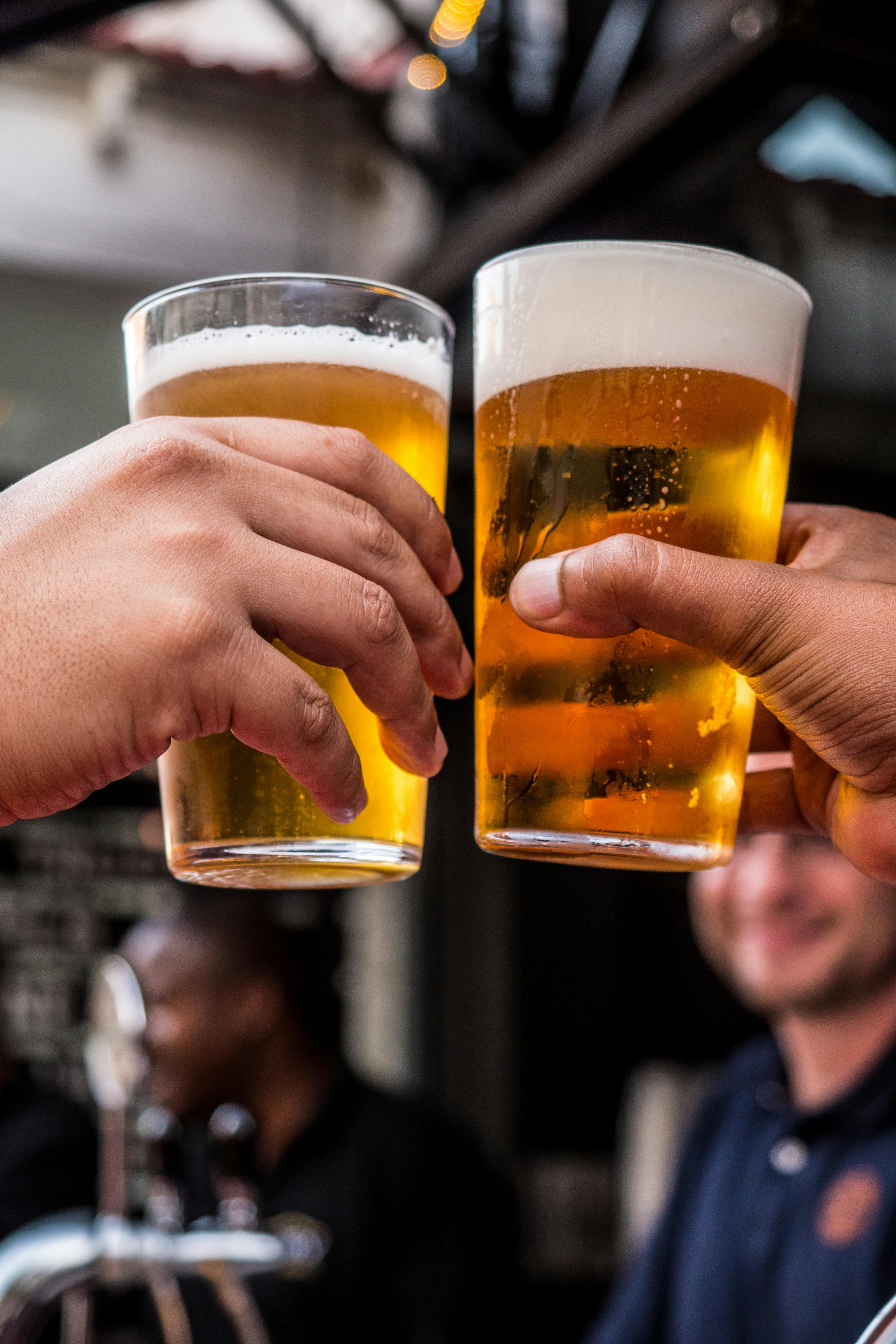
Psychological Factors
Hedonic Drinking
Hedonic drinking refers to the enjoyment and pleasure derived from consuming alcoholic beverages, including beer. The flavors, aromas, and overall experience of drinking beer can stimulate the brain’s reward system, triggering feelings of pleasure and satisfaction. The act of drinking itself can be pleasurable and can enhance social interactions, relaxation, and enjoyment of food. Hedonic drinking is often associated with moderate consumption and the ability to appreciate the sensory aspects of beer.
Beer as a Stress Reliever
For many individuals, beer serves as a way to unwind and alleviate stress. Enjoying a beer after a long day can provide a sense of relaxation and temporary escape from daily pressures. The act of sitting down, taking a moment for oneself, and savoring a beer can create a calming ritual. The moderate consumption of beer releases endorphins, which can promote a sense of well-being and contentment, further contributing to its potential stress-relieving effects.
Beer and Social Identity
Beer can be tied to an individual’s social identity and play a role in shaping their self-expression and group affiliations. Different beer styles are associated with certain demographics or subcultures, and people often identify with specific beer preferences. Craft beer enthusiasts, for example, may view their beer choices as a reflection of their appreciation for craftsmanship and their rejection of mass-produced alternatives. The beer one chooses to drink can become a symbol of personal taste, lifestyle, and belonging within a larger community.
Marketing and Advertising Influences
Beer Advertising Techniques
Beer advertising aims to capture attention and create a desire for a particular brand or style of beer. Techniques such as humor, storytelling, and evoking emotions are commonly used to establish a connection with consumers. Advertisements often highlight the refreshing and sociable aspects of beer, portraying it as a beverage that enhances good times and fosters camaraderie. Brands may also incorporate appealing visuals, attractive packaging, and endorsements to create a positive association with their products.
Branding and Packaging
Branding and packaging play a crucial role in the marketing of beer. A well-designed logo, label, or packaging can help a beer stand out from the competition and attract consumers’ attention. Craft breweries often embrace unique and creative designs that reflect their brand’s personality and values. Additionally, the use of environmentally friendly packaging materials and practices has gained importance for many consumers who prioritize sustainability.
Cultural Associations with Beer
Beer is often associated with specific cultural ideas, values, and traditions. Certain beer styles may be closely linked to particular regions or national identities, becoming a part of their cultural heritage. For example, Belgian Trappist beers are tied to the country’s rich monastic brewing tradition and are often seen as a symbol of Belgium’s craftsmanship. Cultural associations with beer can create a sense of pride and nostalgia, transforming beer consumption into an experience that taps into cultural roots and shared history.
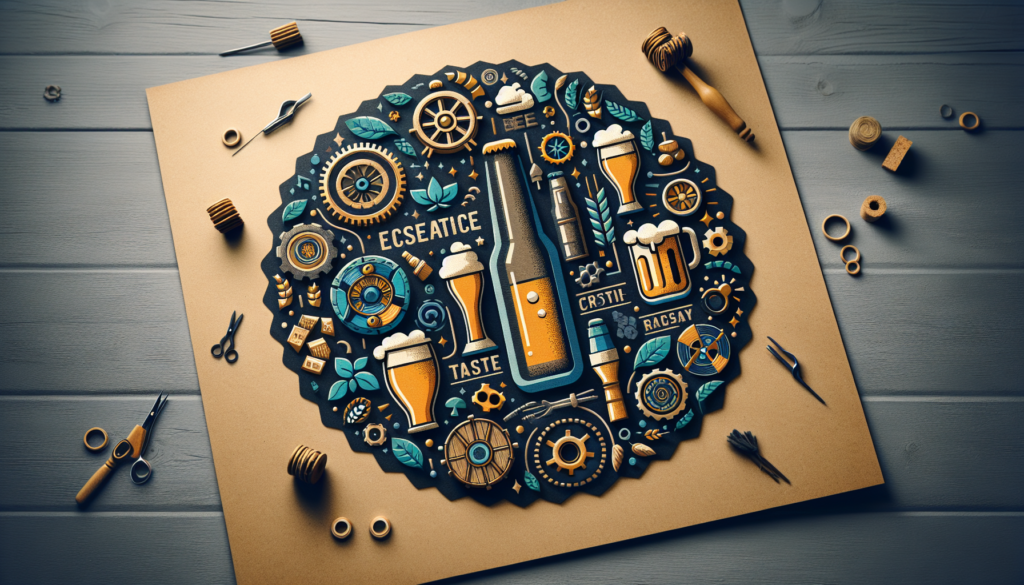
Pleasurable Effects of Alcohol
The Role of Dopamine
Alcohol consumption, including beer, can lead to the release of dopamine in the brain. Dopamine is a neurotransmitter associated with pleasure and reward. When dopamine is released, it creates feelings of pleasure and reinforces behaviors associated with the release of dopamine. The pleasurable effects of alcohol, including the taste and social aspects, can contribute to the release of dopamine, creating a positive reinforcement loop that can contribute to repeated consumption.
Alcohol and Reward Circuitry
Alcohol engages the brain’s reward circuitry, leading to the activation of certain brain regions associated with pleasure and motivation. This activation can reinforce the behavior of drinking beer, potentially leading to increased consumption. The reward circuitry’s response to alcohol can vary among individuals, and factors such as genetics and personal predispositions may influence the level of pleasure experienced from drinking beer.
Alcohol’s Relaxing Effects
Alcohol, including beer, is often consumed for its relaxing effects. Mild to moderate alcohol consumption can provide a sense of relaxation and reduce feelings of stress and anxiety. This relaxation effect is attributed to alcohol’s impact on the central nervous system. Moderate amounts of alcohol can have a sedative effect, promoting feelings of calmness and aiding in the unwinding process. It is important to note that excessive alcohol consumption can have negative effects on physical and mental health, and moderation is key.
Quality and Craftsmanship
Appreciation for Skill and Artistry
Craft beer enthusiasts often have a deep appreciation for the skill and artistry behind the brewing process. Craft brewers are dedicated to producing high-quality beers by carefully selecting ingredients, honing their brewing techniques, and experimenting with innovative flavors. The craftsmanship and attention to detail exhibited by these brewers resonate with individuals seeking a more nuanced and authentic beer-drinking experience. The appreciation for skill and artistry in brewing extends beyond the beer itself and encompasses the entire craft beer culture.
Beer Culture and Connoisseurship
Beer culture extends beyond mere consumption and encompasses the collective knowledge, traditions, and enthusiasm surrounding beer. Craft beer connoisseurs are individuals who possess a deep understanding and appreciation for beer styles, flavors, and brewing techniques. They actively seek out new and unique offerings, engage in beer tastings and discussions, and often participate in homebrewing. The sharing of knowledge and experiences within the beer community contributes to the development of connoisseurship and the cultivation of a vibrant and ever-evolving beer culture.
Brewing as a Craft
Brewing is often regarded as a craft, a skill that requires dedication, expertise, and creativity. Craft brewers take pride in their ability to create complex and flavorful beers, often experimenting with various ingredients and techniques to push the boundaries of traditional brewing. Brewing involves a blend of science and art, where precision and creativity coexist. Craft brewers view themselves as artisans, showcasing their craftsmanship in every batch of beer they produce.
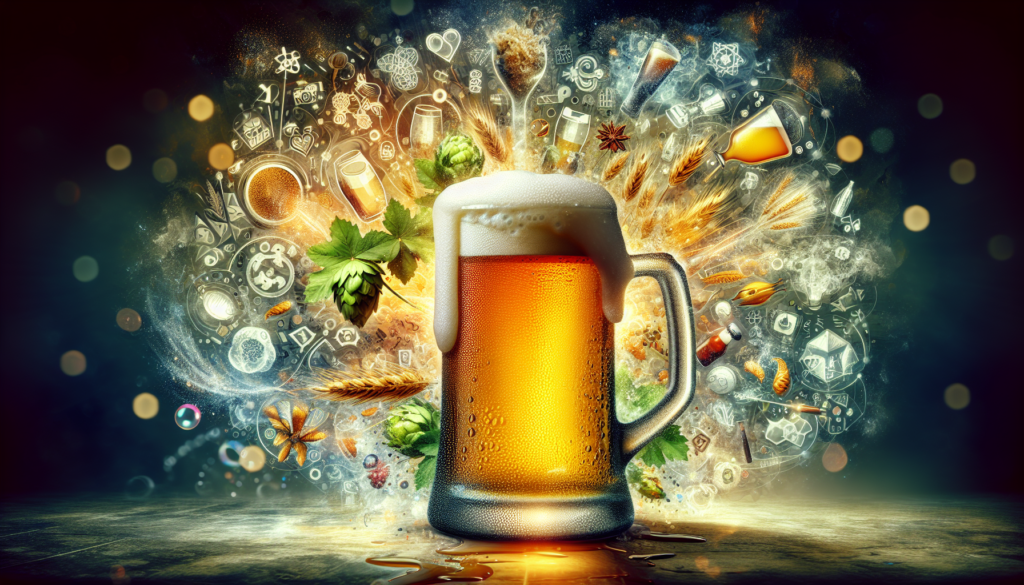
Personal Preferences and Tastes
Individual Flavor Preferences
Beer appreciation is highly subjective, as individual taste preferences play a significant role in determining one’s favorite styles and flavors. Some individuals may gravitate towards hop-forward IPAs, while others may prefer malty and sweet beers. The diversity in beer styles allows people to explore and find beers that align with their unique flavor preferences. Experimenting with different styles and discovering new favorites is part of the joy of beer exploration.
Nostalgic Connections
Beer can hold powerful nostalgic connections for individuals. The taste and aroma of a particular beer can transport someone back to past experiences, triggering memories and emotions associated with those moments. Sharing a beer that holds nostalgic significance with friends or loved ones can deepen the emotional connection and create a sense of shared history and camaraderie.
Experiential Enjoyment
Beer drinking is not solely about the taste; it is also about the overall experience. The ambiance, setting, and company can greatly influence one’s enjoyment of a beer. Whether it’s enjoying a cold beer on a hot summer day, attending a brewery tour, or savoring a rare and limited-release beer, the experiential aspect adds depth and richness to the enjoyment of beer. Engaging all the senses and immersing oneself in the moment elevates the beer-drinking experience to a level beyond taste alone.
Availability and Accessibility
Widespread Availability
Beer’s popularity and demand have resulted in its widespread availability. It can be found in grocery stores, liquor stores, convenience stores, and bars across the world. The accessibility of beer allows individuals to enjoy it at home, social gatherings, or in various establishments. With the rise of e-commerce, beer enthusiasts can even order their favorite brews online, further expanding the reach and convenience of acquiring their preferred beers.
Convenience
Beer’s convenience lies in its portable and ready-to-consume nature. Unlike other alcoholic beverages that require mixers or elaborate preparation, beer can be enjoyed straight from the bottle or can. It is easy to transport, making it a popular choice for outdoor activities, parties, or casual get-togethers. The convenience of beer as a beverage option adds to its appeal and versatility for different occasions.
Affordability
Beer is often regarded as a more affordable alcoholic beverage compared to spirits or wine. Its wide range of price points makes it accessible to a broad demographic, catering to both budget-conscious individuals and those seeking premium offerings. The affordability of beer allows for greater inclusivity, enabling people from various socioeconomic backgrounds to partake in the beer-drinking experience.
In conclusion, beer’s long and storied history, combined with the science behind its production, the vast array of flavors, and its cultural and social significance, contribute to its enduring popularity. From ancient origins to the craft beer movement, beer continues to evolve, adapt, and captivate individuals around the world. Whether it’s indulging in the pleasurable effects, appreciating the craftsmanship, exploring personal preferences, or simply enjoying a cold beer with friends, the allure of beer extends far beyond its liquid form. Embrace the variety, savor the flavors, and raise a glass to the fascinating world of beer.
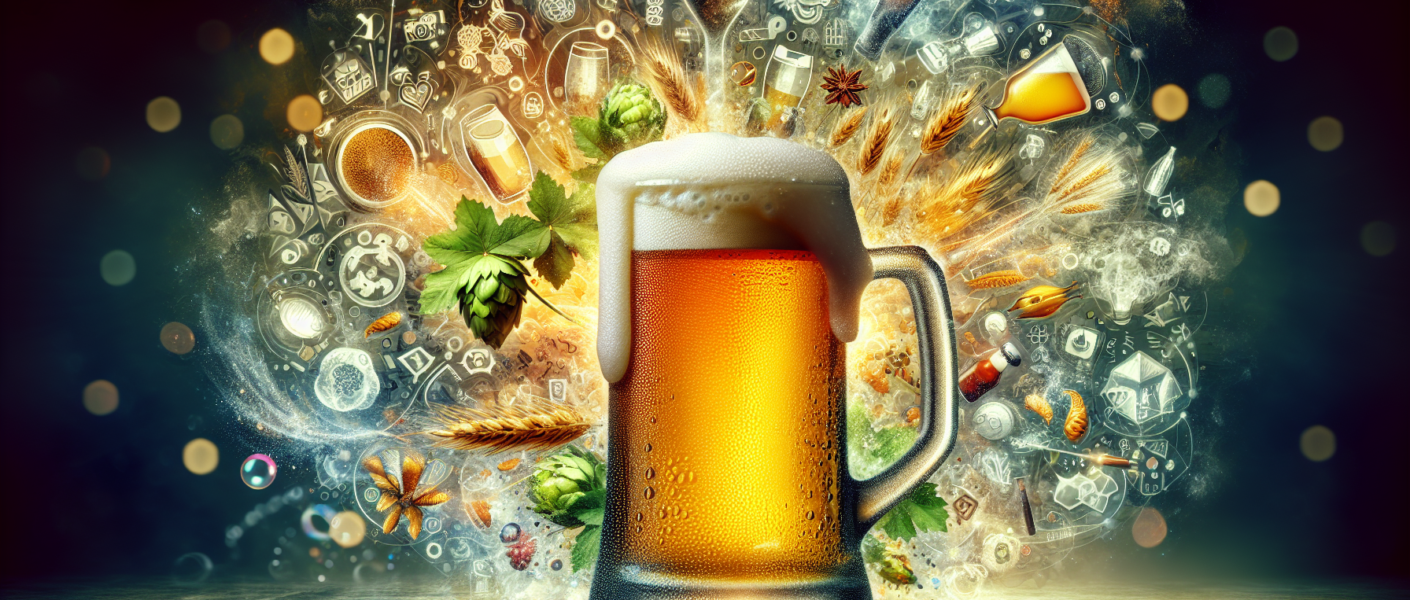

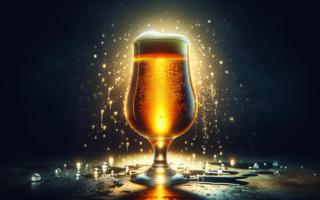
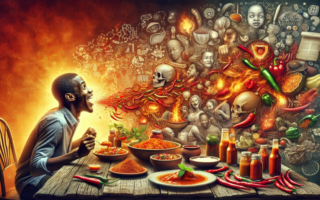
[…] is important to acknowledge and understand your boyfriend’s love for beer. For some individuals, beer holds a significant place in their lives, whether it be for the taste, […]